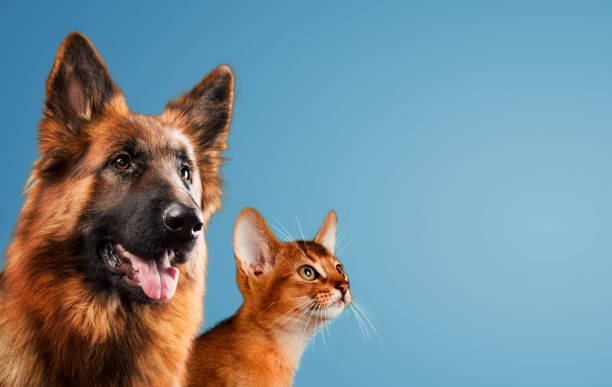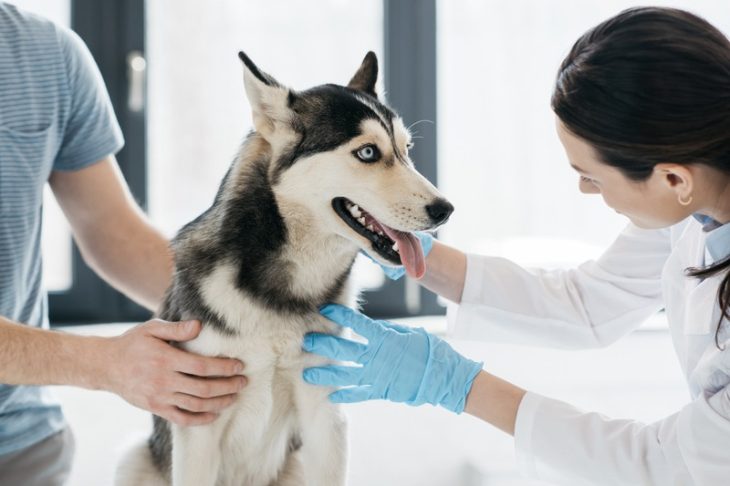Your animal may be experiencing health concerns as they get older, but identifying the initial sign can help prevent them from being more severe and costly. Nonetheless, when it involves the possible variables that could be causing weak eyesight or loss of sight, it is not only older animals that we need to be worried about; lots of eye disorders can establish at any point in the lifespan of the animal. Below are some of the popular eye conditions in pets.
Eye Conditions in Pets
Animal eye diseases can have a selection of reasons. Vets are the appropriate people to rely on if your pet is displaying indicators of pain, redness, or even light sensitivities. Contaminated eyes can spread or create permanent vision loss if not addressed instantly. These are a few of the common sorts of eye conditions.
Cataracts
In pets with advanced cataracts, cloudy and opaque cataracts appear in the lens, which is normally clear. Cataracts make it hard for your pet to see, especially at night, because they keep light from reaching behind the eye. Cataracts may trigger glaucoma if not surgically removed, as they can raise intraocular pressure. Cataracts can cause lens luxation, in which the lens drifts out of its proper position. Cataracts can occur in animals because of aging, hereditary proneness, or other internal conditions. A pet internist can help you treat your pet’s internal condition that leads to cataracts.
Glaucoma
Glaucoma establishes when the eye’s drainage system malfunctions, raising the pressure within the eyeball. Redness, tearing, cloudiness, expanded pupils, and bulging of the eyes are some signs and symptoms. It hurts and can lead to loss of sight in the long run. Glaucoma can affect any pet, but certain breeds, such as Cocker Spaniels, Poodles, and Chow Chows, are most likely to be affected. Some medications can assist control discomfort, minimizing fluid development, and improving drainage. The necessity for surgery may develop in the most severe instances.
Dry Eye
Dry eye is also termed keratoconjunctivitis sicca (KCS). It is a problem when the tear glands make fewer tears than they usually would. Corneal ulcers, chronic eye mucus drainage, and discomfort can all be effects of not losing enough tears when the body doesn’t produce enough. A condition or injury can create KCS to be a tear-producing animal gland. Medications that increase tear production can likewise be utilized as a treatment choice. Surgeries can be performed on the eye in order to route a salivary duct to another spot. A pet surgeon can help you with this.
Eyelid Growths
Your animal’s eyelids can become contaminated with numerous masses, creating corneal damage or other eye problems. Keep an eye out for an irregular mass on your pet’s eyelid, and contact your vet instantly. Removing a smaller mass from the eyelid is easier than a larger one.
Corneal Damage
Dogs can damage their eyes and damage the cornea in various ways. They could scratch their eyes with their nails to alleviate inflammation, get hit by a branch as they roam past the woods, or get a little dust or particles while enjoying the outdoors. Soreness and excessive tearing are two symptoms of corneal damage. It is not unusual for dogs to lick or paw at their eyes to soothe the pain they are experiencing. A veterinarian can assess the issue and make procedure guidance based on their findings. You can read about the topic on the internet.



